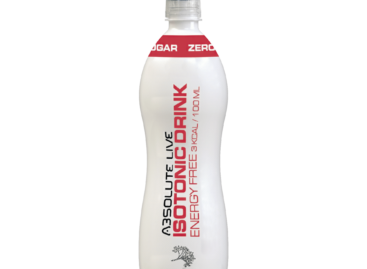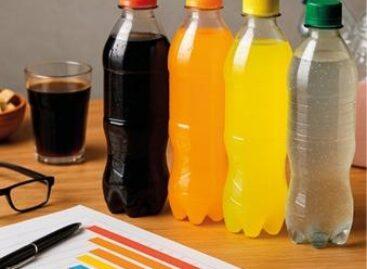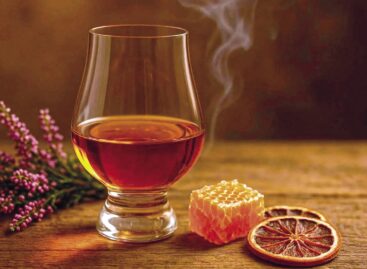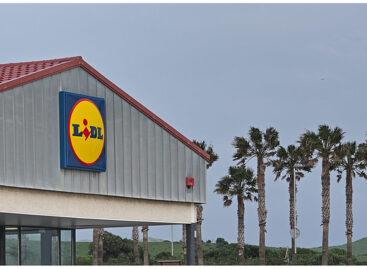Sugar-free zone
In the first half of 2022 there was dynamic growth in the soft drink category, and the low-calorie/zero sugar segment contributed this. However, in the second half of the years the growth slowed down, due to different reasons, e.g. extending the public health product tax (NETA). All in all, NielsenIQ measured a 24% sales growth for 2022 in value, while volumes sales dropped a little from the -1.2% performance measured a year earlier.
This article is available for reading in Trade magazin 2023/5
András Palkó, marketing director of Coca-Cola HBC Magyarország:

András Palkó
marketing director
Coca-Cola HBC
Magyarország
“Hungarian consumers show strong demand for the alternatives of soft drinks made with sugar, and this trend is also visible in the category’s and our own sales data”.
In 2022 34% of all the fruit drink sold were sugar-free products. According to data from the Hungarian Mineral Water, Fruit Juice and Soft Drink Association (MÁGYÜSZ), the average sugar and calorie content of soft drinks and fruit juices was 45% lower in 2021 than in 2010.
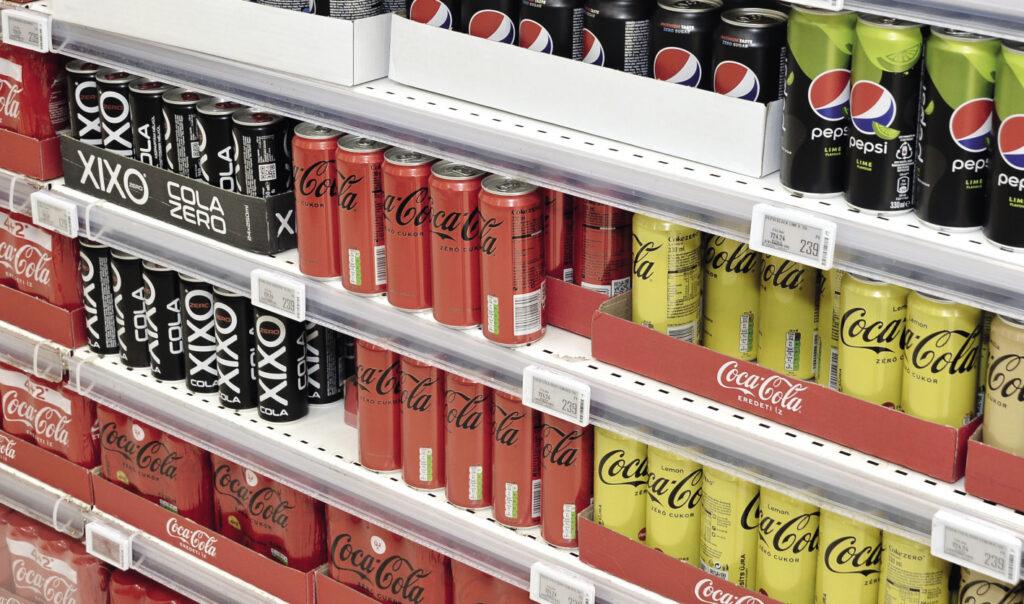
The average sugar- and calorie-content of domestic soft drinks and juices was 45 per cent lower in 2021 than in 2010
Important information on the packaging
At the moment about half of Coca-Cola Magyarország’s product selection is low-calorie and low-sugar, and zero calorie and zero sugar soft drinks. Besides the carbonated soft drink segment, their share is considerable in the tea, energy drink and flavoured water categories too. The most popular is Coca-Cola Zero, which came out with a new variant last year: caffeine-free Coca-Cola Zero Zero. This February limited edition Coca-Cola Movement’s zero product debuted in Hungary, and in Q2 Cherry Coke Zero will appear in shops, in can, 0.5l and 1,75l formats. Coca-Cola also focuses on the product information indicated on the packaging: they were the first beverage company in Hungary to indicate calorie content and daily reference values on the front of the packaging.
In the soft drink category consumption is migrating to retail from HoReCa. Discount supermarkets sell the most zero sugar and zero calorie, and low-calorie and low-sugar products.
Consumer needs are the most important
Last year was a successful one for the sugar-free soft drinks of Szentkirályi Magyarország, as they performed above the category’s average: sales were up 28% vs. the plus 22% sales result of the full market. Their most popular sugar-free product is Pepsi Max, followed by Pepsi Lime and Pepsi Mango.

Peter Schenk
marketing director
Szentkirályi Magyarország
Peter Schenk, marketing director of Szentkirályi Magyarország:
“This year we are launching an exciting new product, Schweppes Pink tonic, which contains 4.3mg sugar/100ml. Our other new product is the mineral water based, flavoured functional drink Theodora Immuno, which also has reduced sugar content”.
Just like before, consumer needs are the most important for the company.
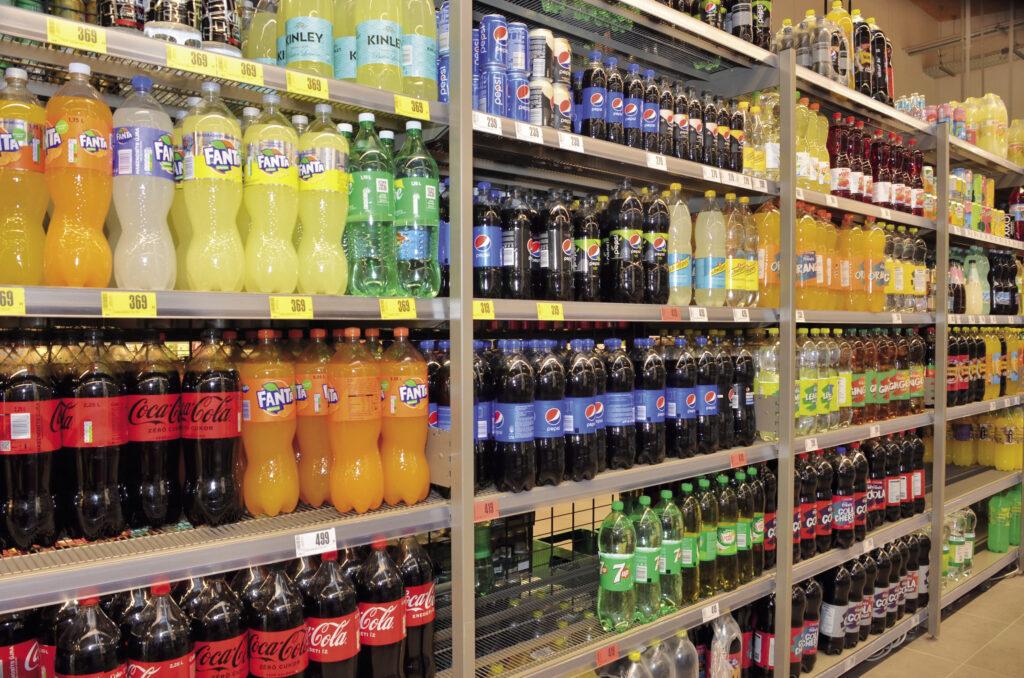
Beside price, also origin, ingredients, nutritional content and added functionality also matter
Price matters, but it isn’t the most important
Adrienn Horváth, marketing and HR director Márka Üdítőgyártó Kft.:

Adrienn Horváth
marketing and HR director
Márka Üdítőgyártó
“Shoppers have always been price-sensitive in the soft drink category, and the past year didn’t change this. Promotional periods have a big influence on how much soft drink shoppers are buying”.
It is also true that consumers now focus more on following a conscious and balanced diet. This is reflected in their buying decisions too, so product origin, composition, nutritional value, functionality and of course price all matter to them. Luckily shoppers can read a lot of useful information on product labels as well, e.g. preservative, sugar, colour and carbohydrate content.
Diverse product selection in the low-calorie segment
Márka soft drinks are low-calorie in every category – carbonated soft drinks, fruit drinks, flavoured waters, and ice teas – and certain drinks or flavours can also be found in shops in zero sugar variant as well. Márka has a market share above 10% and the most popular Márka flavours are grape, sour cherry, orange and raspberry – from the first three in this list zero sugar variants also exist. In 2022 the company rolled out the first sugar-free, carbonated lemonade in watermelon flavour. Márka’s fruit drink and ice tea selections are also big and diverse, offering classic flavours and the combinations of these. The most popular is the Multivitamin variant of Fruitica, while among ices lemon and peach are the flagship flavours.
New flavours and flavour combinations, with 0% sugar
Light soft drinks have a growing proportion in the Apenta carbonated soft drink portfolio of Maspex Olympos Kft. These products are made with 0% added sugar, and from the 6 light soft drinks the most popular flavour is raspberry. From April the sour cherry and elder flavours of the classic portfolio are available in the light category too.

Patrícia Peres
brand manager
Maspex Olympos
Brand manager Patrícia Peres:
“Apenta Vitamixx still, flavoured mineral waters contain added vitamin C and B. In addition to the two original zero sugar flavours of the range (raspberry-lime, lemon-maracuja), from April blueberry-lavender is also available in this variant”.
Almost every Apenta+ 750ml still functional drink is a zero sugar product, and they contain vitamins and minerals. There are 4 light flavours in the Olympos fruit drink range, which are made with 0% added sugar. Nestea ice teas can be bought in zero sugar version, in lemon and peach flavours.

Vilmos Várkonyi
group brand manager
Maspex Olympos
Vilmos Várkonyi, group brand manager of Maspex Olympos Kft.:
“As young people are also more conscious about their sugar intake than before, this year we put Topjoy Light products on the market in 0.25l glass bottle format, in the three most popular flavours, cactus, mango and peach”.
Growing healthy biscuit portfolio
Consumers find it more and more important to eat food that contains healthier ingredients, such as wholemeal flour, is richer in fibres and free from added sugar.

Péter Koósa
managing director
Detki Keksz
Péter Koósa, managing director of Detki Keksz Kft.:
“Packaging needs to be attention raising and informative in this product category, and it is a good idea to indicate special product characteristics for the better orientation of shoppers”.
Currently one of the most popular products in the company’s sugar-free portfolio is the new Vitál Fitt cracker, which is made with wholemeal flour and contains no added sugar. This year the company launched a new Vitál Fitt flavour, sweet chilli. What is more, the sugar-free Vitál Cukor Stop range went through an overhaul both inside and outside.
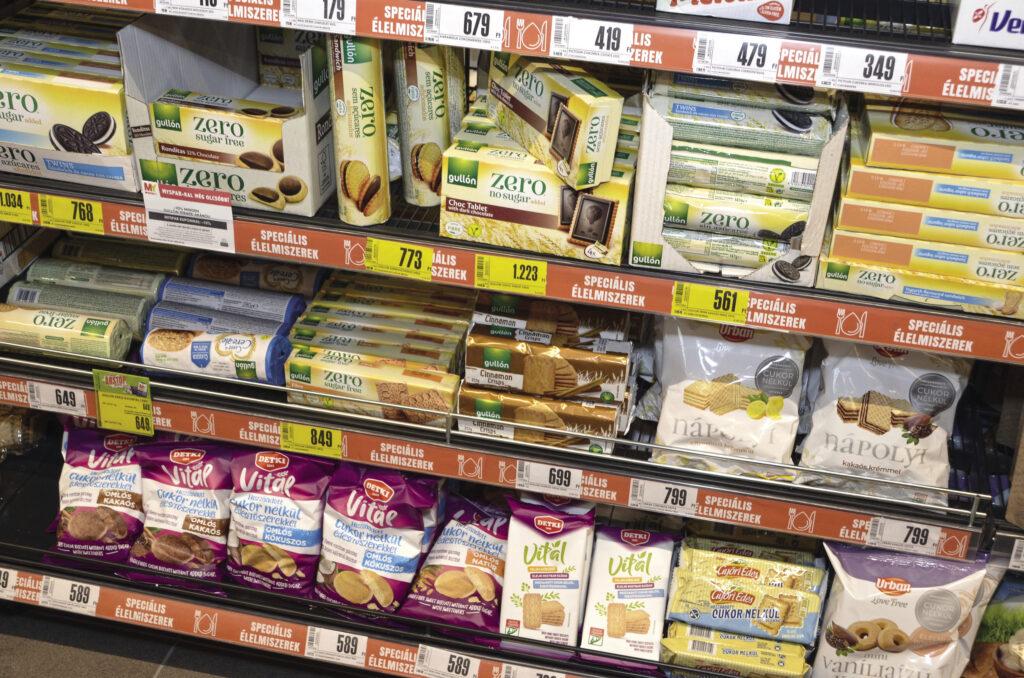
Consumption tends to shift into retail, whereby the HoReCa sector weakens
Trusting the brand is crucial

István Mikos
corporate director
Ceres
István Mikos, corporate director of Ceres Zrt.:
“It is very important for low carb products to also be tasty, and in general very similar to traditional bakery items. We support the Ceres brand with strong communication, because our objective is to make sure that shoppers know: they can trust the Ceres brand, in each and every category, be it sweet bread, bread or sponge cake, because the products are top quality and tasty”.
The company’s most popular product is Ceres Slimm low carb toast bread, which is market leader in its category.

Márk Maczelka
head of communications
SPAR Magyarország
Márk Maczelka, head of communications at SPAR Magyarország Kereskedelmi Kft. told that there is great demand for sweeteners, and low-sugar and sugar-free snacks.
“In stores we call the attention of shoppers to these so-called lifestyle products, and in promotional leaflets they are highlighted with symbols”
– he added.
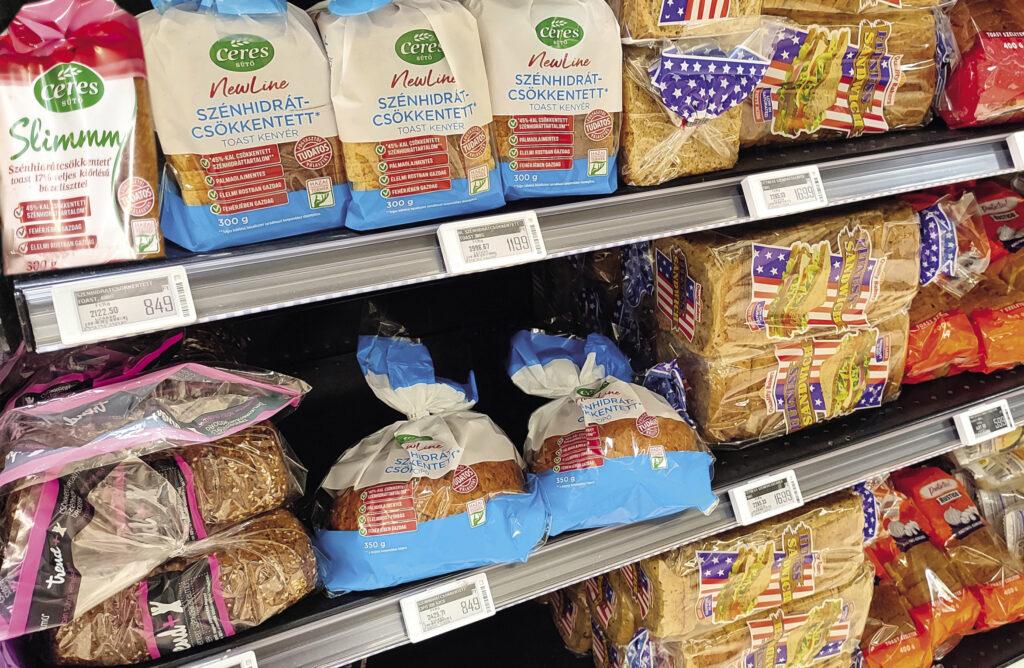
Taste is a crucial factor in low-carb products
//
Related news
Absolute Live Izotonic Drink Zero Cukor
🎧 Hallgasd a cikket: Lejátszás Szünet Folytatás Leállítás Nyelv: Auto…
Read more >Rapid changes, adaptive path
🎧 Hallgasd a cikket: Lejátszás Szünet Folytatás Leállítás Nyelv: Auto…
Read more >(HU) Újítók a kapu előtt
🎧 Hallgasd a cikket: Lejátszás Szünet Folytatás Leállítás Nyelv: Auto…
Read more >Related news
New HR assistant helps K&H employees
🎧 Hallgasd a cikket: Lejátszás Szünet Folytatás Leállítás Nyelv: Auto…
Read more >Lidl To Invest €600m In Spain, Targets 300 Stores In Portugal
🎧 Hallgasd a cikket: Lejátszás Szünet Folytatás Leállítás Nyelv: Auto…
Read more >KSH: industrial producer prices in November 2025 were on average 2.7 percent lower than a year earlier and 0.3 percent lower than the previous month’s prices
🎧 Hallgasd a cikket: Lejátszás Szünet Folytatás Leállítás Nyelv: Auto…
Read more >

